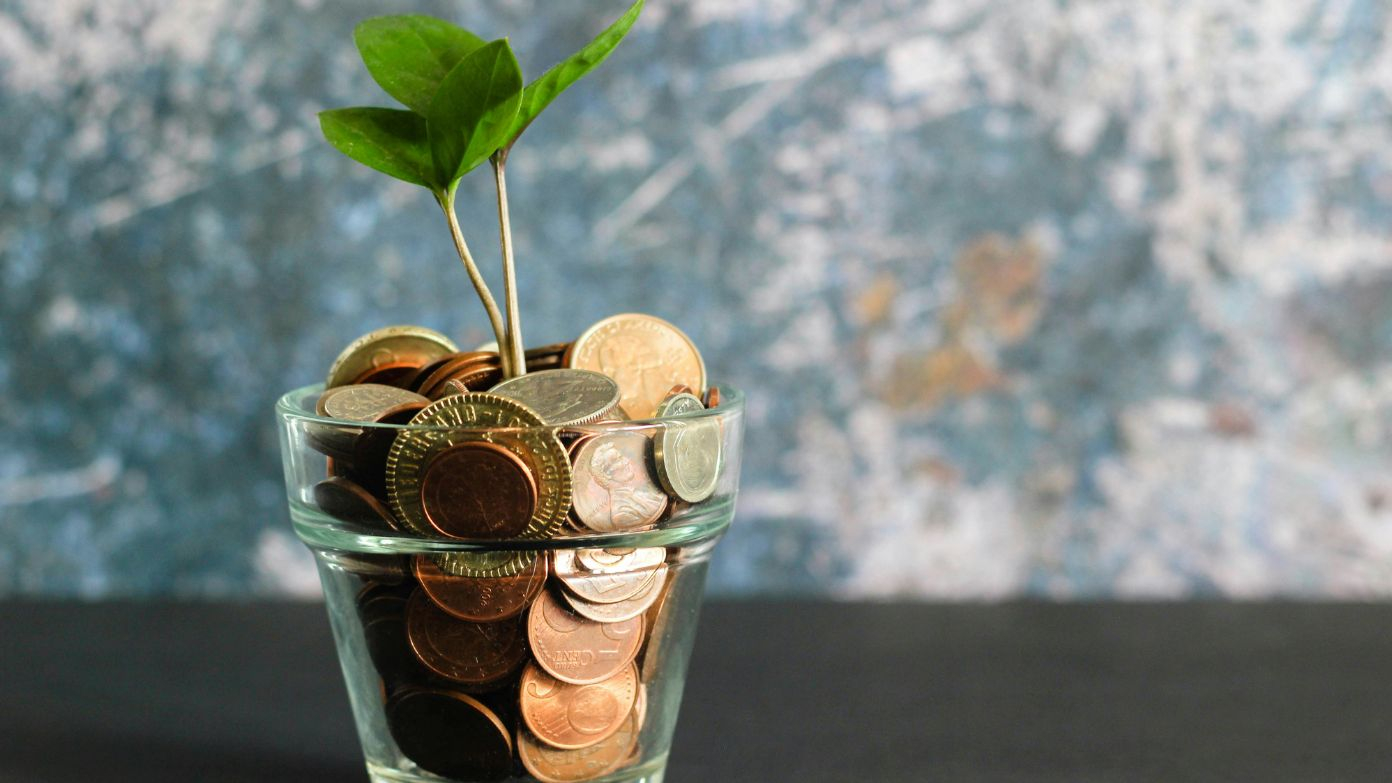Fake coins are a big problem, especially for collectors or someone who wants to make sure of the authenticity of their currency. Though there are quite a few ways you can look at counterfeit, one of the easiest and fastest methods is known as the “Ring Test”. It uses sound obtained from tapping or dropping a coin to decide whether a coin is genuine or fake. A real coin rings in a different way while fake coins sound dull. This method works best for silver and gold coins, but it can help with other valuable coinage.
This will reveal just about everything regarding the Ring Test-how it works and why it is a must-know technique for you, especially if you deal with coins.
How does the ring test work?
The Ring Test is based on the fact that real coins, especially those with metals such as silver and gold, generate a pleasing ring when they are tapped or when they fall to a hard surface. This behavior is due to special acoustic properties of metals that are used to mint real coins. Fake coins, unlike the originals, are mostly composed of base metals that usually produce a dull sound and for such a short period. To perform the Ring Test:
- Start by finding a hard, smooth surface – a wooden or glass table is ideal.
- Next, hold the coin upright between your fingers – two fingers should support the coin loosely.
- Tap the coin with a second coin or small rod.
- Listen in for the sound: a genuine coin produces a high-pitched, clear ring for a second or two and a counterfeit will sound dull or flat.
To know the difference between the real and fake coin. Make sure to test a real coin first. This will assist you in recognizing the real coins.
Why do real coins make a ringing sound?
The reason real coins have a distinct ring comes down to their metal composition. Genuine silver and gold coins are made with high-purity metals that allow sound waves to travel through them efficiently. This is why they produce a bright, long-lasting ring when struck.
Fake coins, however, are often made with base metals like nickel, zinc, or copper alloys. These metals do not carry sound the same way, causing the coin to sound dull and short.
Here are a few key points about real coin sounds:
- Pure silver coins (.900 or .999 silver) will have a bright, clear ring.
- Gold coins also produce a distinct chime but may sound slightly different from silver.
- Counterfeit coins, often made from cheaper metals, will have a dead, muted sound.
Can the ring test detect all counterfeit coins?
The Ring Test is a useful tool, but it is not 100% foolproof. Some advanced counterfeiters use metal mixtures that can mimic the sound of real coins. Additionally, the test works best for coins made of precious metals, so it may not be as effective for modern coins made of different materials.
To be absolutely sure about a coin’s authenticity, you should combine the Ring Test with other methods, such as:
- Weight and diameter check – Fake coins often have incorrect weight or size.
- Magnifying glass inspection – Look for inconsistencies in the design or lettering.
- Magnet test – Many counterfeit coins contain magnetic metals, while silver and gold are not magnetic.
What is the best way to verify a valuable dollar coin?
If you have a valuable dollar coin and you are unsure about its authenticity, the best way to verify it is by using multiple tests. The Ring Test is a quick and easy method, but it should not be your only line of defense against counterfeits.
For high-value coins, consider getting them authenticated by a professional coin dealer or a grading service like the Professional Coin Grading Service (PCGS) or the Numismatic Guaranty Company (NGC). These organizations use advanced tools to detect even the most convincing fakes.
